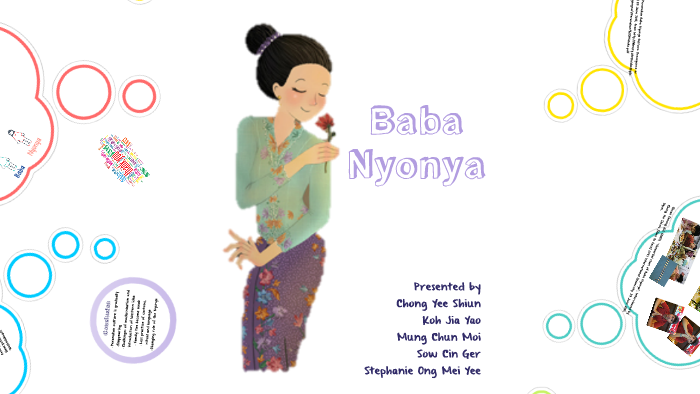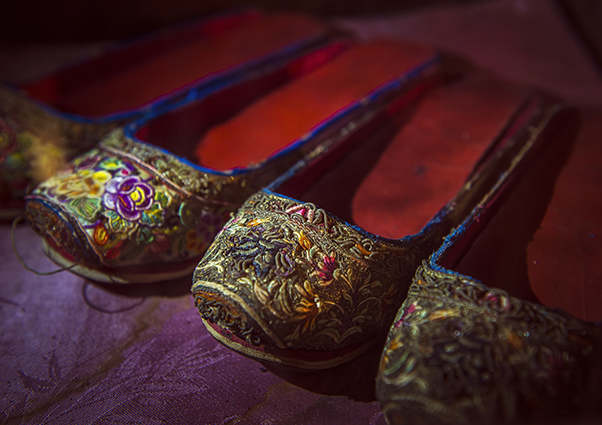Baba Nyonya culture, also known as Peranakan culture, is a unique blend of Chinese and Malay cultural traditions that developed in the region of Malaysia and Singapore. The term "Baba Nyonya" refers to the descendants of Chinese immigrants who settled in the region during the 19th and early 20th centuries and married local Malays. These immigrants, mostly from the southern provinces of China, brought with them their own customs, traditions, and way of life, which blended with the local Malay culture to create a distinct hybrid culture known as Baba Nyonya.
The origins of Baba Nyonya culture can be traced back to the early 19th century, when the British East India Company established a trading post in Singapore. As the port city developed into an important hub for trade and commerce, it attracted immigrants from all over the world, including China. Many of these immigrants were skilled craftsmen, traders, and merchants who came to seek their fortune in the bustling city.
One of the most distinctive features of Baba Nyonya culture is the clothing worn by its members. Baba Nyonya women are known for their colorful and ornate kebayas, which are traditional blouses adorned with intricate embroidery and beadwork. These blouses are typically worn with a sarong, a traditional Malay garment that is wrapped around the waist. Baba Nyonya men, on the other hand, typically wear a combination of Chinese and Malay clothing, including a Chinese-style jacket and Malay-style pants.
In addition to their unique style of dress, Baba Nyonya culture is also characterized by its rich and diverse culinary traditions. Baba Nyonya cuisine is a fusion of Chinese and Malay flavors, and includes dishes such as laksa, a spicy noodle soup made with coconut milk, and otak-otak, a grilled fish cake made with a mixture of ground fish, spices, and coconut milk.
Another important aspect of Baba Nyonya culture is the importance placed on family and community. Baba Nyonya families are typically large and close-knit, with a strong emphasis on maintaining traditions and preserving the cultural identity of the community. Baba Nyonya households often include multiple generations living under one roof, with the older members of the family playing a central role in passing down cultural traditions and values to the younger generation.
Despite the challenges faced by the Baba Nyonya community in the 20th century, including the impact of World War II and the rapid modernization of Singapore and Malaysia, the culture has managed to survive and thrive. Today, Baba Nyonya culture is celebrated and preserved through a variety of cultural festivals and events, as well as through the work of organizations and museums dedicated to preserving the history and traditions of the community.
In conclusion, Baba Nyonya culture is a unique blend of Chinese and Malay traditions that has evolved over time to become a distinct and influential cultural force in the region of Malaysia and Singapore. From its rich and diverse culinary traditions to its close-knit family structure, Baba Nyonya culture is a testament to the enduring power of cultural exchange and the ability of different cultures to coexist and thrive in harmony.







